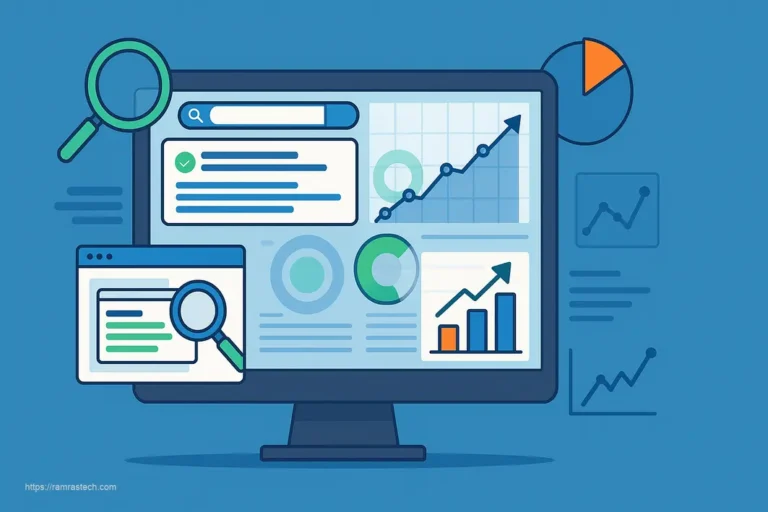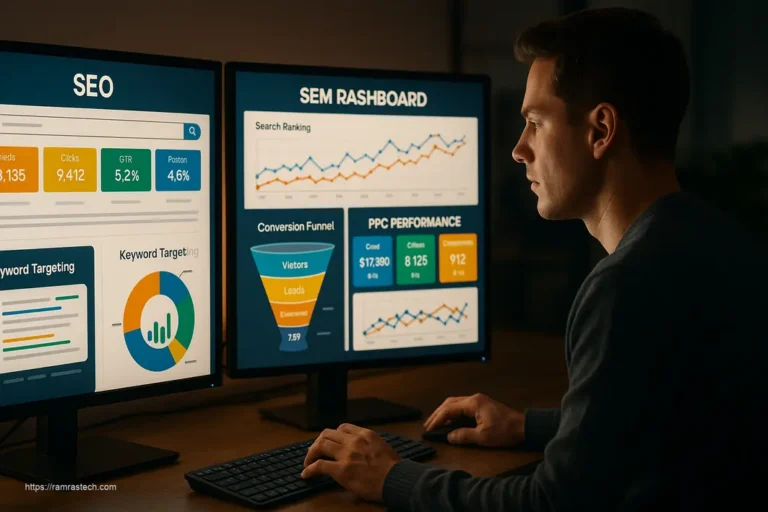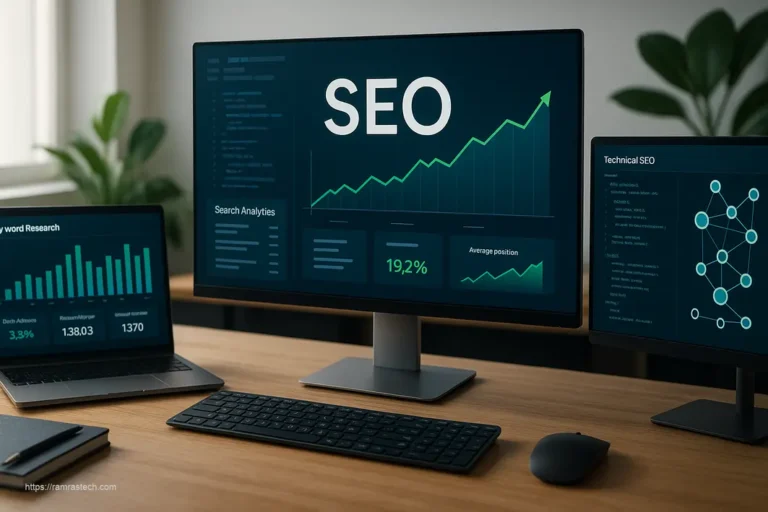7 Proven SEO Techniques for Maximizing Rankings
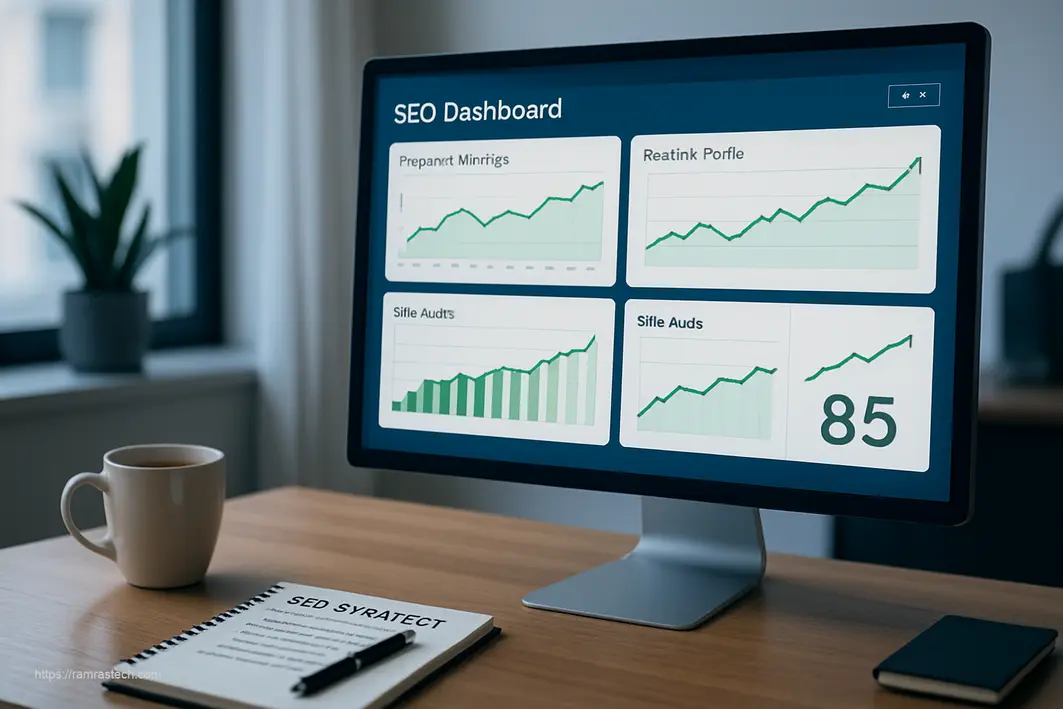
Are you struggling to get your website noticed in the vast digital ocean? You’re not alone. With billions of websites competing for attention, standing out requires more than just luck—it demands strategic SEO techniques that actually work in today’s algorithm-driven world.
The digital landscape has evolved dramatically since the early days of keyword stuffing and link farming. In 2025, search engine optimization has transformed into a sophisticated blend of technical expertise and user-focused content creation that drives meaningful traffic to your site. Whether you’re a seasoned marketer or just starting your digital journey, mastering proven SEO techniques can be the difference between online obscurity and page-one visibility.
Let’s dive into the strategies that are actually moving the needle for websites in 2025.
Understanding Search Engine Optimization (SEO)
Before we explore specific techniques, it’s important to get clear on what SEO actually is in 2025. Search Engine Optimization refers to the process of improving your website’s visibility in organic (non-paid) search engine results. The goal? To attract more relevant traffic that can convert into leads, customers, or engaged readers.
SEO works through a complex interplay between your website’s content, technical structure, and external signals that help search engines understand what your site is about and how valuable it is to users. Modern search algorithms like Google’s use hundreds of factors to determine rankings, from page loading speed to content quality and mobile responsiveness.
In today’s digital ecosystem, SEO isn’t just a marketing tactic—it’s become foundational to brand growth and online success. With paid advertising costs continuing to rise, organic visibility through strategic SEO techniques provides sustainable traffic without the per-click price tag.
7 Proven SEO Techniques for Maximizing Rankings
1. Strategic Keyword Research and Implementation
The foundation of effective SEO remains rooted in understanding what your target audience is searching for. However, keyword research has evolved far beyond simply targeting high-volume phrases.
In 2025, successful keyword strategy involves:
-
Intent-Based Targeting: Identifying not just what people search for, but why they’re searching. Search engines now prioritize results that best match user intent (informational, navigational, transactional, or commercial).
-
Semantic Search Optimization: Using tools like Semrush’s Keyword Magic Tool and LSIGraph to identify related terms, questions, and contextual phrases that create topical depth.
-
Long-Tail Focus: Targeting specific, longer queries that may have lower search volume but higher conversion potential and less competition.
-
Keyword Clustering: Grouping related keywords to create comprehensive content that answers multiple related queries rather than creating separate pages for each keyword variant.
To implement this effectively, analyze Google’s own suggestions through “People Also Ask” boxes and autocomplete functions. These provide direct insight into related queries that users frequently search for.
Avoid the outdated practice of keyword stuffing—instead, integrate your chosen terms naturally within valuable content. Modern algorithms can detect context and synonyms, making obsessive repetition unnecessary and potentially harmful.
2. On-Page SEO Optimization
On-page SEO techniques form the tactical backbone of your optimization efforts. These elements remain directly within your control and send clear signals to search engines about your content’s focus and value.
Key on-page optimization techniques include:
-
Title Tag Optimization: Craft compelling titles that include your primary keyword near the beginning while remaining click-worthy and under 60 characters.
-
Meta Description Crafting: While not a direct ranking factor, well-written meta descriptions with a clear call-to-action improve click-through rates, which do influence rankings.
-
Header Structure: Use a logical hierarchy of H1, H2, and H3 tags to organize content and highlight key topics. Include relevant keywords in headers when it makes sense naturally.
-
Internal Linking Strategy: Connect related content across your site to distribute page authority and help users (and search engines) discover more of your valuable content. For example, our guide on unbeatable digital marketing strategies provides excellent context for implementing SEO within broader marketing efforts.
-
URL Structure: Create clean, readable URLs that include your target keyword and clearly indicate the page’s content.
-
Image Optimization: Compress images for faster loading while using descriptive filenames and alt text that include relevant keywords when appropriate.
Perhaps most importantly, ensure your content is structured for readability with short paragraphs, bulleted lists, and clear sections that make information easy to scan and digest.
3. Quality Content Creation and Optimization
Content remains the cornerstone of effective SEO, but what constitutes “quality” continues to evolve with search algorithms. In 2025, content must be exceptional to stand out.
Effective content strategy includes:
-
E-A-T Principles: Demonstrating Expertise, Authoritativeness, and Trustworthiness through well-researched, accurate information backed by credible sources.
-
Comprehensive Coverage: Creating content that thoroughly addresses the user’s query and related questions—what some SEO professionals call “10x content” that’s substantially better than competing resources.
-
Engagement Optimization: Developing content that keeps users on-page through interactive elements, engaging visuals, and valuable information that answers their questions completely.
-
Freshness Factor: Regularly updating existing content to maintain accuracy and relevance, which can trigger ranking improvements without creating entirely new pages.
If you’re in a competitive industry, consider implementing the content marketing strategies detailed here to ensure your content stands out while supporting your SEO goals.
Remember that search engines increasingly evaluate content based on user satisfaction signals. Content that causes users to quickly return to search results (known as “pogo-sticking”) signals dissatisfaction and can harm rankings.
4. Technical SEO Implementation
Behind every successful website is solid technical SEO that ensures search engines can efficiently crawl, index, and understand your content. Technical issues can undermine even the best content strategy.
Essential technical SEO techniques for 2025 include:
-
Site Speed Optimization: Page speed has become critical as Core Web Vitals metrics directly impact rankings. Optimize image sizes, leverage browser caching, and minimize render-blocking resources.
-
Mobile-First Indexing: With Google now primarily using the mobile version of your site for indexing and ranking, mobile optimization is non-negotiable.
-
Structured Data Markup: Implementing schema.org markup helps search engines understand your content and can lead to rich results in SERPs, improving visibility and click-through rates.
-
Site Architecture: Create a logical hierarchy that minimizes clicks from homepage to important content. Flat architectures generally perform better than deep ones.
-
Core Web Vitals: Optimize for Google’s specific performance metrics around loading (LCP), interactivity (FID), and visual stability (CLS).
-
HTTPS Security: Secure sites receive a ranking boost, and users have come to expect the security that HTTPS provides.
If you’re struggling with technical implementation, our guide on technical SEO basics provides step-by-step guidance for beginners.
Regular technical audits using tools like Screaming Frog or Semrush can identify issues before they impact your rankings.
5. Strategic Link Building
Despite many changes in SEO over the years, quality backlinks remain one of the strongest ranking factors. However, link building has evolved from quantity to quality.
Effective link building techniques for 2025 include:
-
Content-Driven Link Acquisition: Creating linkable assets—comprehensive guides, original research, infographics, or tools—that naturally attract links from industry websites.
-
Digital PR: Developing newsworthy content and building relationships with journalists to earn mentions in high-authority publications.
-
Resource Page Link Building: Finding topic-relevant resource pages and suggesting your content for inclusion.
-
Guest Blogging: Contributing valuable content to reputable sites in your industry to establish expertise while earning contextual links.
-
Broken Link Reclamation: Identifying broken links on external sites and suggesting your content as a replacement.
Importantly, avoid old-school tactics like buying links, using link farms, or participating in link exchanges. These violate Google’s guidelines and can result in penalties.
Focus on earning links that come from relevant websites with real human traffic—these send the strongest quality signals to search engines.
6. Local SEO Optimization
For businesses serving specific geographic areas, local SEO techniques offer tremendous opportunity. With nearly half of all Google searches having local intent, optimizing for “near me” searches can drive highly qualified traffic.
Local SEO best practices include:
-
Google Business Profile Optimization: Fully completing your profile with accurate NAP (Name, Address, Phone) information, business categories, photos, and regular posts.
-
Local Keyword Targeting: Incorporating location-specific keywords into your content, meta tags, and URLs where appropriate.
-
Local Link Building: Earning links from local business associations, chambers of commerce, and community websites.
-
Citation Building: Ensuring consistent business information across directories like Yelp, Yellow Pages, and industry-specific platforms.
-
Review Management: Actively soliciting and responding to customer reviews, which significantly impact local pack rankings.
-
Location Pages: For multi-location businesses, creating unique, valuable content for each location rather than using duplicate templates.
Local SEO can deliver impressive ROI, especially for service-based businesses. Pairing these efforts with affordable digital marketing strategies can help smaller businesses compete effectively against larger competitors.
7. Analytics and Continuous Improvement
Perhaps the most underrated SEO technique is the systematic use of analytics to guide ongoing optimization. Without measurement, you’re essentially optimizing blindfolded.
Effective analytics implementation includes:
-
Goal Setting: Establishing clear KPIs beyond just rankings, such as organic traffic, conversion rates, bounce rates, and time on page.
-
Regular Reporting: Creating consistent reporting cycles to track performance changes and identify trends.
-
Search Console Analysis: Regularly reviewing Google Search Console data for insights on queries, click-through rates, and indexing issues.
-
Competitive Analysis: Benchmarking your performance against competitors to identify gaps and opportunities.
-
A/B Testing: Testing different approaches to titles, content structure, or calls to action to continuously improve performance.
For beginners, our introduction to Google Analytics provides a foundation for setting up proper tracking and interpreting the data.
Remember that SEO is never “done”—it’s an ongoing process of refinement based on performance data and evolving best practices.
Frequently Asked Questions About SEO Techniques
How long does it take for SEO techniques to show results?
SEO is a long-term strategy, not an overnight solution. Generally, you may begin seeing initial improvements within 3-6 months of implementing solid SEO techniques. However, significant results for competitive keywords often take 6-12 months. The timeline depends on your website’s current authority, the competitiveness of your industry, and the quality of your implementation. Focus on consistent application of best practices rather than quick fixes.
Which SEO techniques should I prioritize with limited resources?
With limited resources, focus first on technical fundamentals (ensuring your site is properly indexed and mobile-friendly), followed by creating high-quality content around low-competition keywords relevant to your business. On-page optimization offers the most immediate control and often the quickest wins. As resources allow, expand to link building and more competitive keyword targeting. Remember that even a small budget can yield results when strategically applied to the right opportunities.
Are SEO techniques different for e-commerce websites?
Yes, e-commerce sites have specific SEO requirements beyond standard techniques. These include product schema markup, managing duplicate content across similar products, creating unique product descriptions, implementing faceted navigation properly, and optimizing for transactional keywords. E-commerce sites should also focus on review generation, detailed category pages, and internal linking between related products. User experience factors like site speed and mobile optimization are even more critical for converting browsers to buyers.
How have SEO techniques changed with AI and machine learning?
AI and machine learning have transformed SEO by making search engines better at understanding context, user intent, and content quality. This has shifted techniques away from exact-match keywords toward semantic relevance and comprehensive topic coverage. AI-powered algorithms like Google’s BERT and MUM better understand natural language, making conversational content more effective. Modern SEO techniques now emphasize creating content that thoroughly answers user questions rather than focusing on keyword density or exact phrasing.
What SEO techniques should be avoided in 2025?
Avoid outdated techniques like keyword stuffing, hidden text, link buying, content automation without quality checks, doorway pages, and duplicate content. These “black hat” tactics may trigger penalties or filters in modern algorithms. Also avoid overoptimization like excessive exact-match anchor text or unnaturally keyword-rich content. Instead of trying to “trick” search engines, focus on genuinely satisfying user intent with valuable, well-structured content that earns its rankings through quality rather than manipulation.
Putting It All Together: Your SEO Action Plan
Implementing effective SEO techniques requires a systematic approach rather than random tactics. Here’s a simplified action plan to maximize your results:
-
Audit your current position: Understand where you stand with technical issues, content gaps, and competitive positioning.
-
Develop a keyword strategy: Research and map keywords to existing and planned content based on relevance and competition.
-
Fix technical foundations: Address crawling, indexing, and user experience issues before investing heavily in content.
-
Create and optimize content: Develop high-quality content that thoroughly addresses user needs while incorporating your target keywords.
-
Build authority: Earn quality backlinks through content promotion, outreach, and relationship building.
-
Measure and refine: Track your performance, identify what’s working, and continuously improve your approach.
Remember that SEO is both an art and a science. While following these proven techniques creates a strong foundation, the most successful strategies adapt to the unique needs of each website and audience.
By implementing these seven proven SEO techniques consistently, you’ll build sustainable organic traffic that continues to deliver value long after you’ve made the initial investment. Unlike paid traffic that stops the moment you pause your budget, strong organic visibility compounds over time, creating a valuable asset for your business.
As search algorithms continue to evolve, one thing remains constant: websites that genuinely deliver the best answer to the user’s query in the most accessible way will ultimately win the ranking battle. Focus on serving your audience exceptionally well, and the technical aspects of SEO become enablers rather than the end goal itself.
